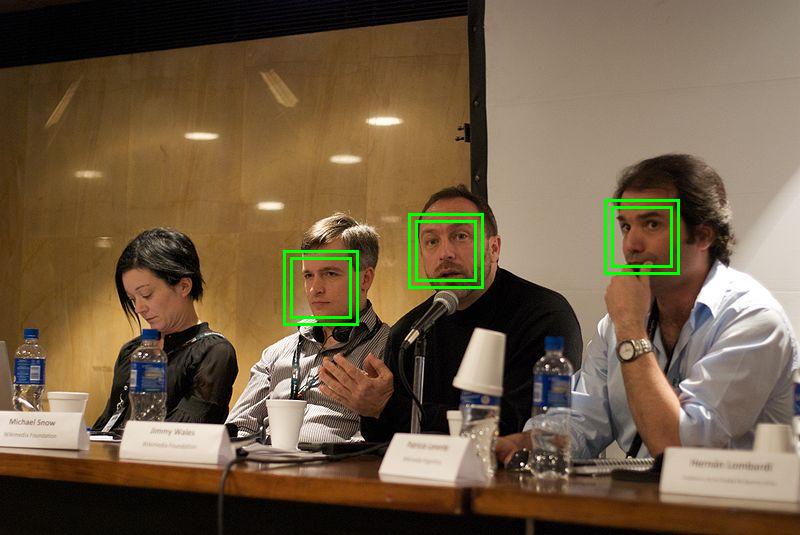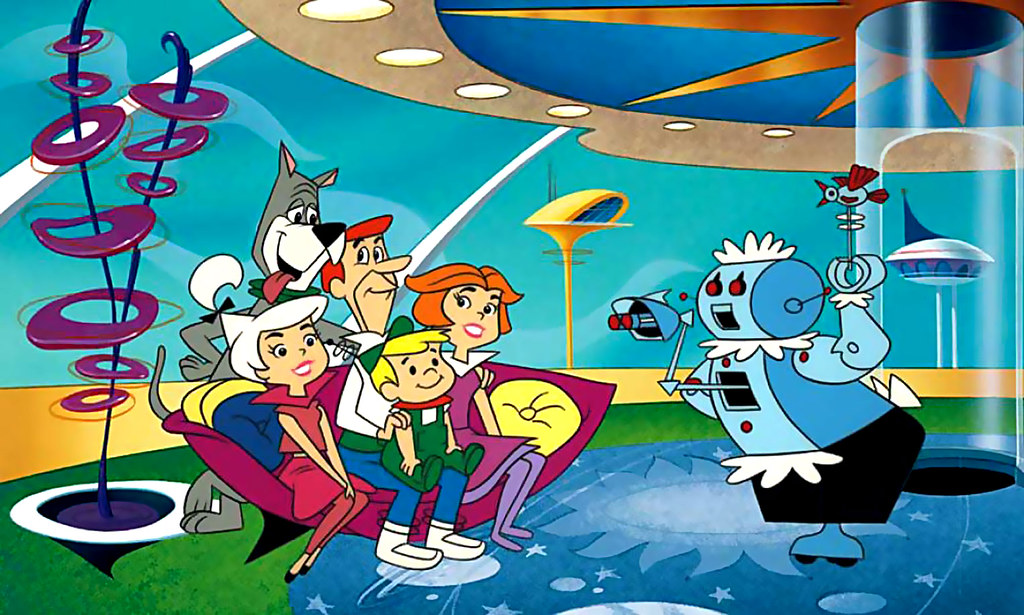As carriers shift to the new Rich Communications Services (RCS) standard, new functionalities and ways to engage consumers will emerge, opening up a whole world of marketing opportunities.
Even last year, RCS began to emerge as a significant advance for mobile marketing. At that point, there were about 137 million RCS users, according to David O'Byrne, RCS lead at the GSMA. He was quoted in an MSN reportreferring to that baseline, saying he anticipates users to reach 350 million this year, topping a billion next year.
On the basis of those predictions, combined with the number of people already using SMS, RCS is poised to become a key component of communication in the very near future. That's the view of Andy Shirey, Senior Product Marketing Manager at OpenMarket.
Read more in



